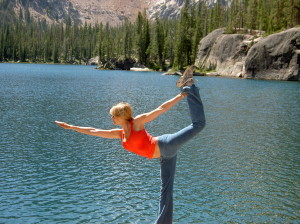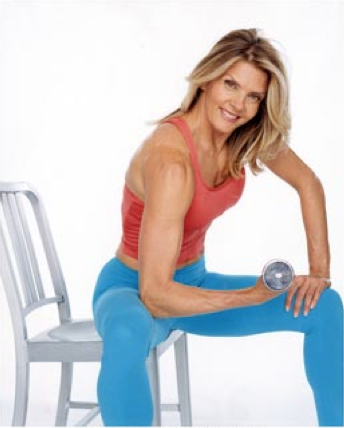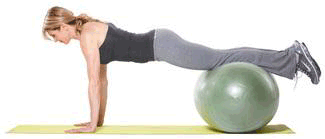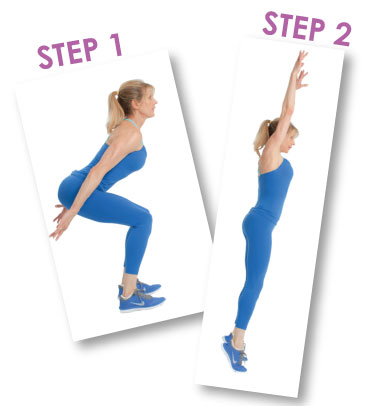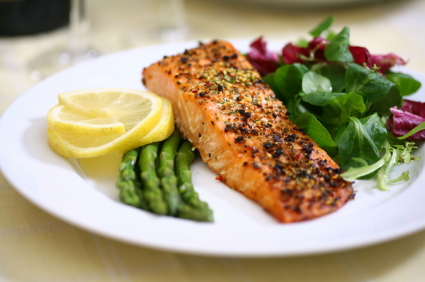The YOU-CAN-DO-IT SLEEK ARMS LEAN LEGS FIRM BUTT Exercise
by Kathy Smith
A few weeks ago, I stepped into “THE BOX,” ready to conquer a Crossfit workout here in Park City. The alternative equipment and seemingly tire-sized weights were intimidating, but after 20 minutes of pushing myself to my max, my endorphins were flowing and I was hooked and ready for my next Crossfit workout.
Here’s a fitness truth: If you do the same workout over and over, you won’t get results. Whenever I change up my workout, I notice the change in my body. I can already tell the difference in the hard-to-reach muscles of my back, shoulders, abs and my entire lower body. And when it comes to your metabolism, you have to change it up to fire it up.
So, I’m challenging you, right here, right now, to try my at-home bootcamp-style workout (no drill sergeant required). And while the workout is only around 20 minutes, it will still pack an incredible punch.This workout is designed for ANY fitness level. If you find the pace is a little too much for your body, take it down a notch or two. I promise just trying it will give you a self confidence high that will have you coming back for more.
And the best part? No excuses and zero intimidation factor. This versatile workout requires only a few feet of space, and a set of dumbbells, so your at-home gym can be a small space in your living room or bedroom.
Let’s get started!
Here’s how it works:
- This workout is called 25′s.
- There’s 5 moves – do 25 reps of each. For the leg exercises, make sure you do 25 reps on each leg.
- Aim to complete the routine in less than 20 mins!
- Do this workout 3 times a week.
And the best part? No excuses and zero intimidation factor. This versatile workout requires no equipment and only a few feet of space, so your at-home gym can be a small space in your living room, a hotel room, a park, or even the beach.
Let’s get started!
1. Forearm Plank With Swivel
How to do it:
- Starting in plank position, lift your right leg off the floor, keeping the hips square and squeezing the right glute as you extend the leg.
- Next, engage your obliques as you bend the right leg and bring the right knee just outside the right elbow.
- Then, swivel the right leg underneath your torso and toward the left elbow, still keeping the hips square, shoulders back and down and neck long.
- Do 5 full repetitions like this, and then push back into child’s pose, and repeat on the other leg.
Beginners:
- Try performing the movement on your knees instead of in full-plank position. You won’t have full range of motion, of course, but this will give you some good practice as you build your core strength.
2. Rear Dip Lunge With Tricep Kickback
How to do it:
- Holding a dumbbell in each hand, step your left foot directly behind you, taking a wide stance, and bend your legs, lowering your torso down into a lunge. Be sure and maintain that core stability to prevent injury.
- While in lunge position, keep your shoulders over your hips, back knee slightly bent, front knee in alignment with your front toes, shoulders back and down.
- Feel your weight in your right (front) heel as you push yourself to standing.
- As you return to standing, do a tricep kickback: Reach your arms back behind you and extend, feeling a squeeze in the tricep.
Beginners:
- Practice the lunge and tricep kickback movements separately and without weights at first.
3. Side Lunge With Bicep Curl
How to do it:
- Stand with dumbbells in each hand in hammerhead position, with palms facing each other.
- Step out to the right side, with a wide stance. Bend the right leg and lower your hips down as you keep the left leg straight out to the side, feeling a slight stretch in the left inner thigh.
- Pressing off the right foot, keeping your core engaged, push yourself back up to standing.
- As you return to standing, curl the weights up toward your shoulders, squeezing the muscles on the front of the arms for a bicep curl.
Beginners:
- Only take a stance that’s comfortable for you – a wide side lunge can be challenging when you’re just starting out.
4. Weighted Bridge
How to do it:
- Lie on your back with knees bent.
- Hold a light to medium weight on the crease between the leg and the hips.
- Lift your hips off the floor. Lift your right leg off the floor and then lift and lower the hips 15 times.
- Repeat with your left leg off the floor.
5. Burpees
How to do it:
- Squat down to rest both hands on the floor, similar to the Mountain Climber move. But instead of lunging one leg back behind you, jump both legs at the same time into a plank position.
- Return to standing, and reach up to the sky.
Beginners:
- Even though this is a dynamic, full-body movement that challenges both the legs and arms, focus on engaging the core throughout the exercise. Remember to use your lower abdominals to pull in the knees as you jump your legs forward again.
- Make sure you’re initiating the move from the core as you lift your hips up and hop both legs back to standing position
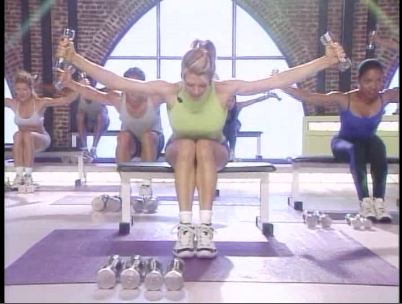
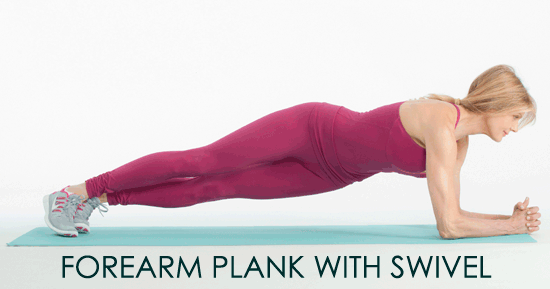
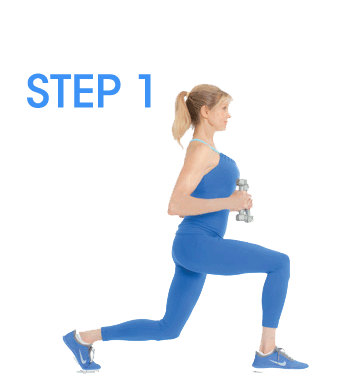
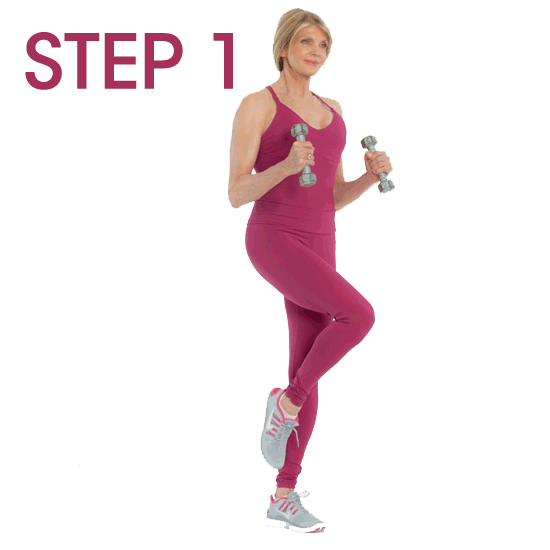

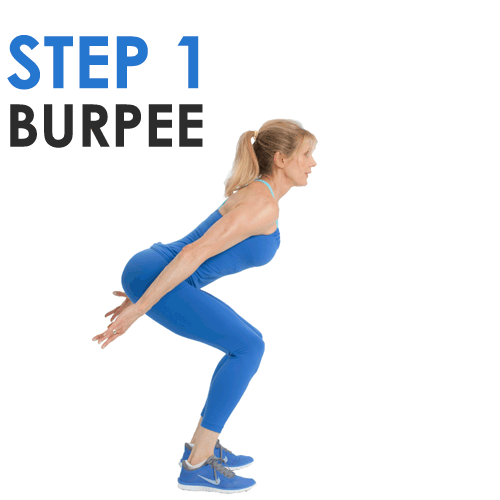
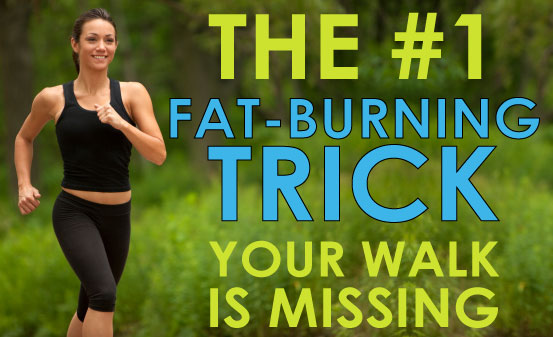
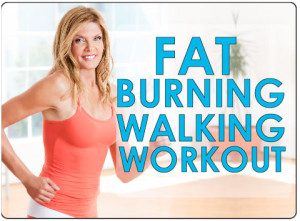
 There’s more to killer abs than just exercise and abdominal crunches. Turns out that there’s a direct relationship between a healthy digestive system and your overall look, too. Not only does what you eat affect whether or not you pack on pounds, but what you eat can also impact how your digestive system works, how it processes and eliminates waste effectively, as well as how it helps support the surrounding muscles and tissue.
There’s more to killer abs than just exercise and abdominal crunches. Turns out that there’s a direct relationship between a healthy digestive system and your overall look, too. Not only does what you eat affect whether or not you pack on pounds, but what you eat can also impact how your digestive system works, how it processes and eliminates waste effectively, as well as how it helps support the surrounding muscles and tissue.
